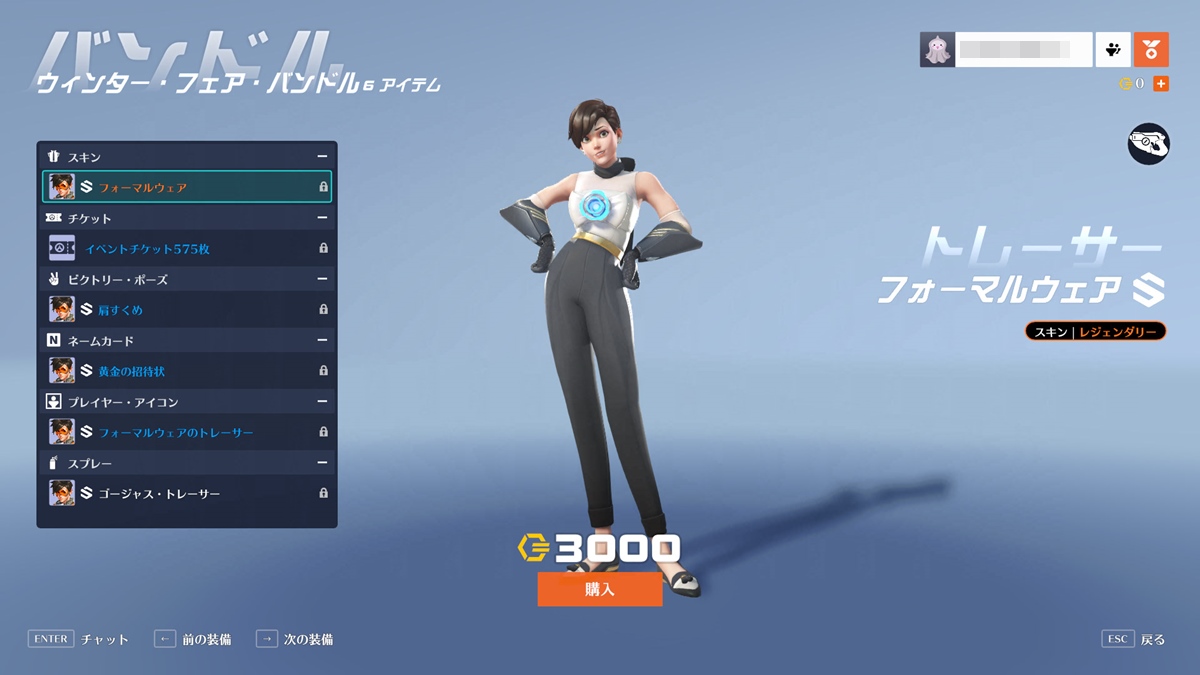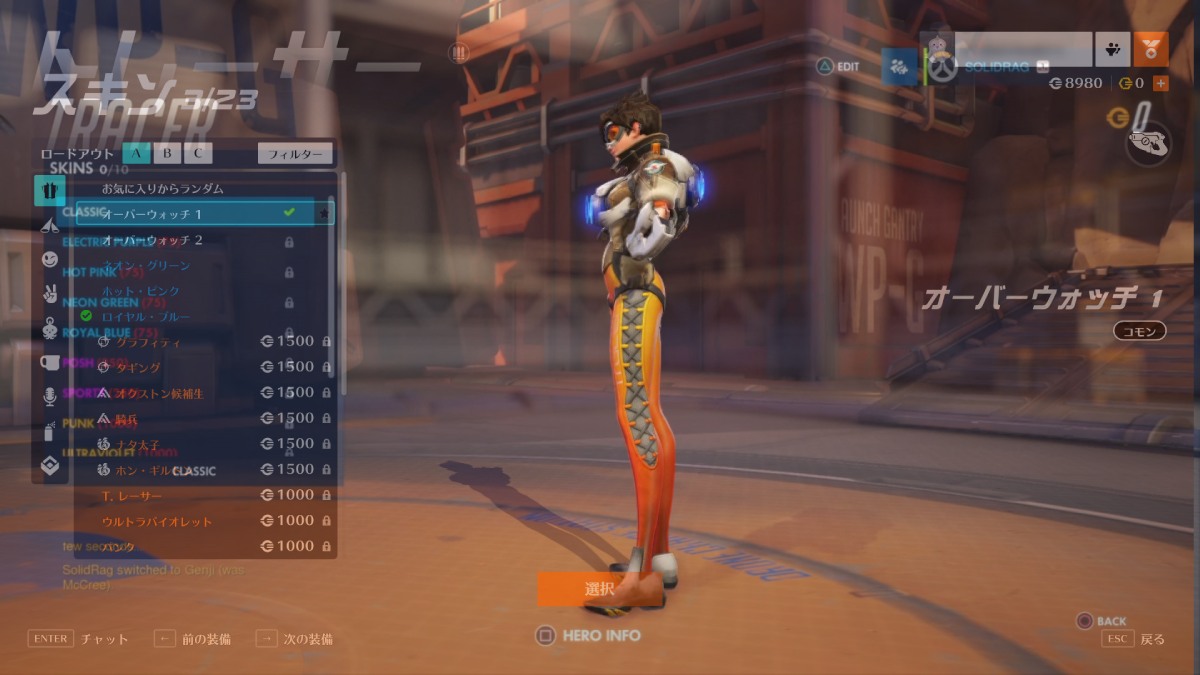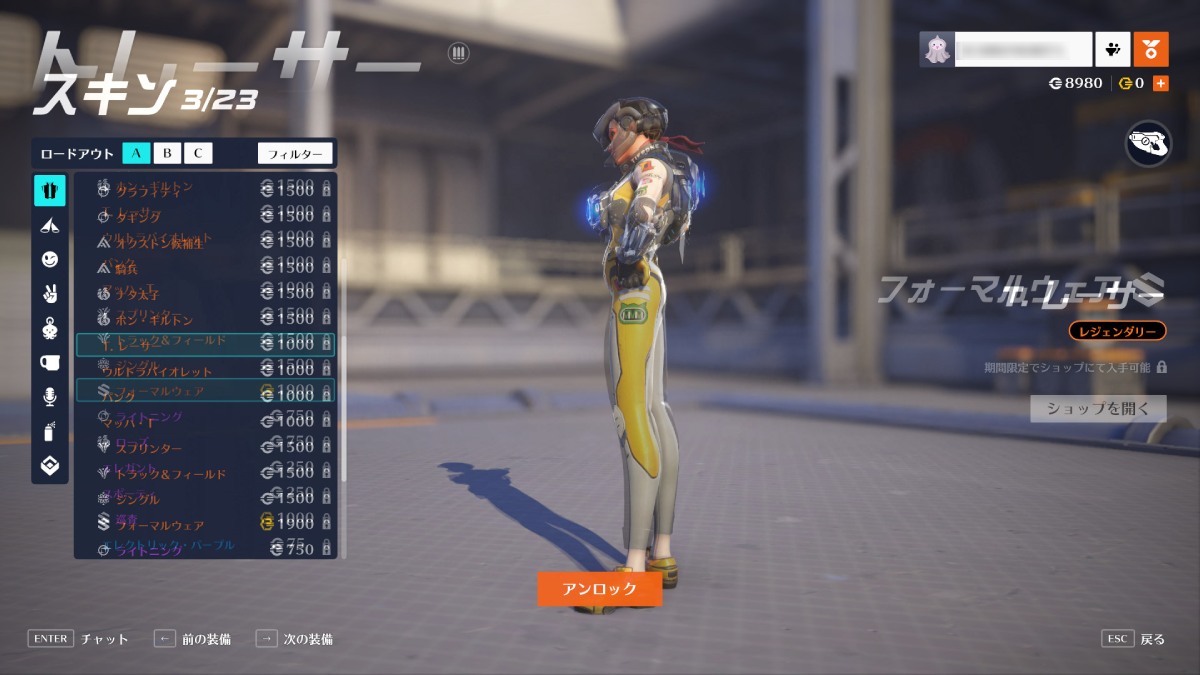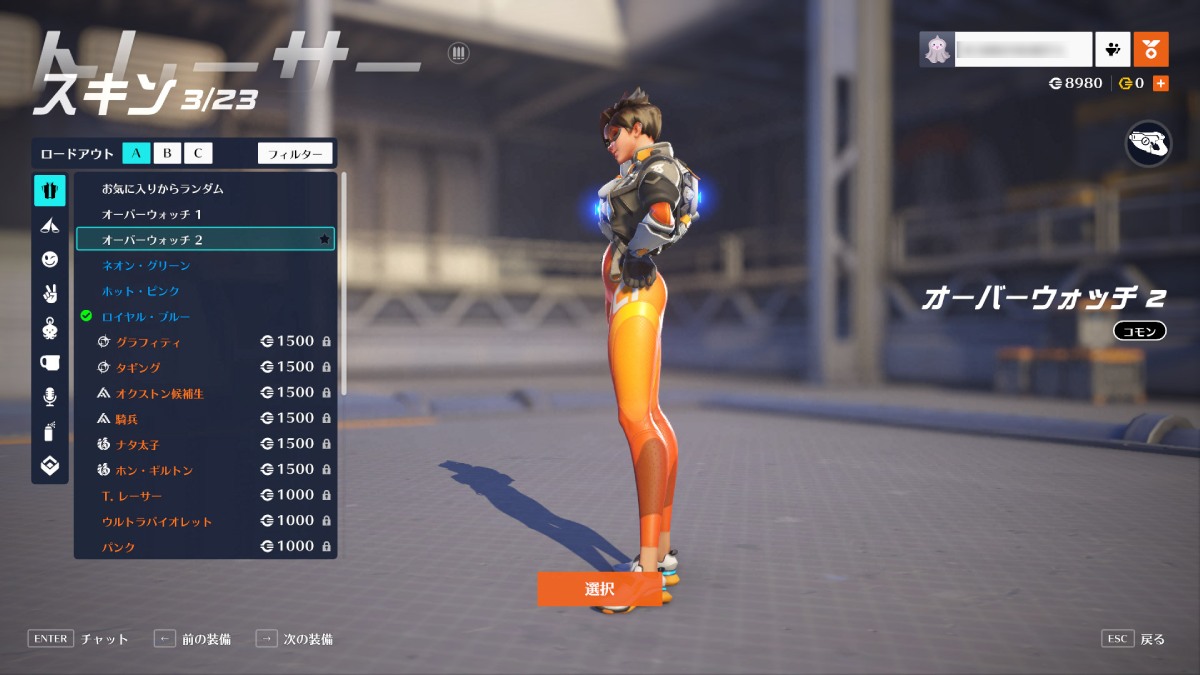There have been widespread allegations that Tracer’s butt was secretly reduced in size for Overwatch 2. This has been a source of great debate among the OW2 community, with some doubting that the “butt nerf” even took place. In this piece of investigative journalism, we compared past data to determine whether any rear resizing actually occurred.
Released in 2022, Overwatch 2 is the sequel to the popular online FPS Overwatch. Tracer has been a member of Overwatch’s roster of playable characters since the beginning. She is an extremely agile character who wears a skintight costume. There has been some controversy about her appearance in OW2, with a buttload of comments on X (formally Twitter) stating that her behind has been secretly altered.

Things kicked off on X with one user commenting on Tracer’s new “Formal Wear” skin, saying that the developers have “completely removed her ass.” Reposting the comment, another user expressed their agreement with the assessment, adding that: “None of her skins have (butt)cheeks now.” In other words, they are claiming that the developers “butt nerfed” Tracer’s 3D model at some point.

Both posts have garnered around 2000 shares and 1000 comments. While some users were equally butthurt about the alleged minimizing of Tracer’s behind, others started to conduct CSI-style investigations of their own, concluding that it “has always been like that.” To get to the bottom of the matter, we decided to investigate by comparing actual in-game models and past game footage.

Firstly, it seems that no “butt nerfing” took place between the immediate post-launch of OW2 and the writing of this report. The image above is made up of two separate images of Tracer’s “T.Racer” skin; one from around October 15 2022 and the other from December 25 2023. As you can see, they overlap perfectly; the butt rendering for the T-racer skin has not been changed at all.
We also observed that the modeling of the buttocks for the “T.Racer,” “Overwatch 1,” “Formal Wear” and several other skins in OW2 was identical. The only changes were in clothing aspects like belts and fabric.

It also seems unlikely that there was a “butt nerf” between OW1 and OW2. As the image above shows, Tracer’s butt in the OW1 default skin and the same skin from OW2 is almost identical. However, Tracer’s behind has a slight lift in the OW2 default skin compared to all other skins- so she has received a bit of a butt buff here. In conclusion, we can say that Tracer’s bottom has stayed mostly the same between OW1 and OW2, and does not seem to have been reduced at all.
Now for the “Formal Wear” skin that started all the kafuffle. The shape of Tracer’s behind in this skin is no different to the other skins. However, it could be that the design of her pants in this skin has made people assume that there was a change. The black pants are less form-fitting than Tracer’s other clothes, so her butt is less visible. Due to this, some people may feel that her butt has been made smaller because they are used to seeing Tracer in her figure-hugging skins.


But why did the “butt nerf” misconception receive so much attention? This could be due to the incident with OW1, where Tracer’s over-the-shoulder victory pose was criticized for over-sexualizing Tracer’s behind. The pose was subsequently removed by Blizzard (Source: Polygon). Due to this history, it’s possible that an association between Tracer and butt censorship has taken root in players’ minds. Therefore, players were perhaps quick to assume that such changes had been made to Tracer again.
“Butt nerfs” have been implemented in other titles before. These include Solid Snake’s famous buttocks being flattened for his appearance in Fortnite, as well as temporary butt nerfs made in FFXIV’s Nier Automata crossover due to technical issues. Adjustment of characters’ bottoms in video games is a subject that tends to attract a lot of attention. However, in Tracer’s case, it seems unlikely that any butt nerfing has taken place.
Written by. Verity Townsend based on the original Japanese article (original article’s publication date: 2023-12-25 19:25 JST)





